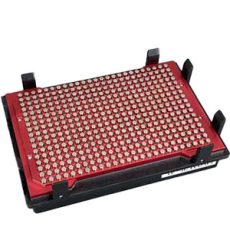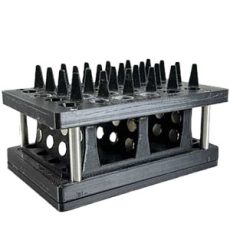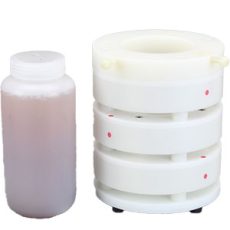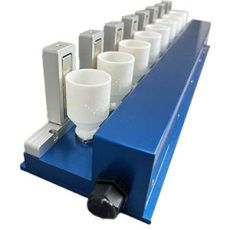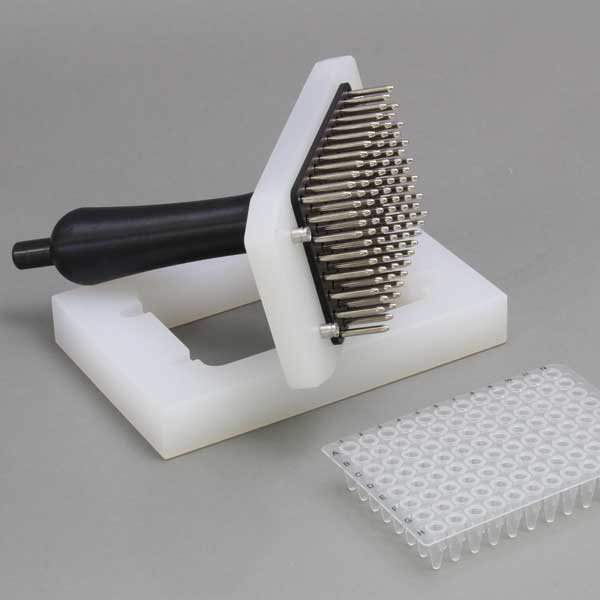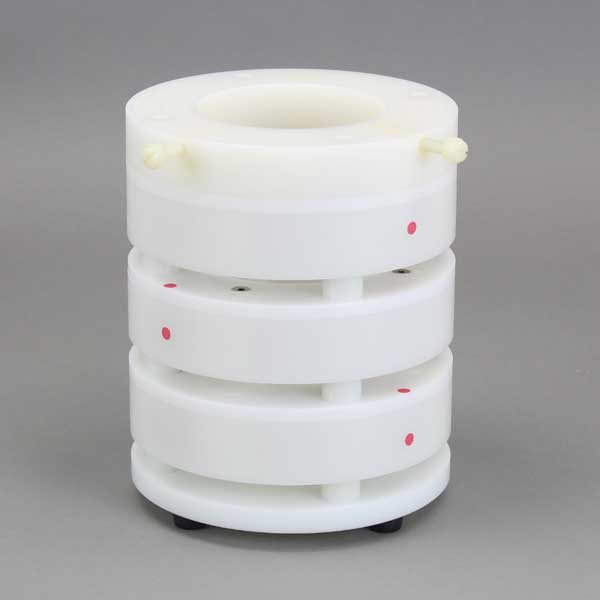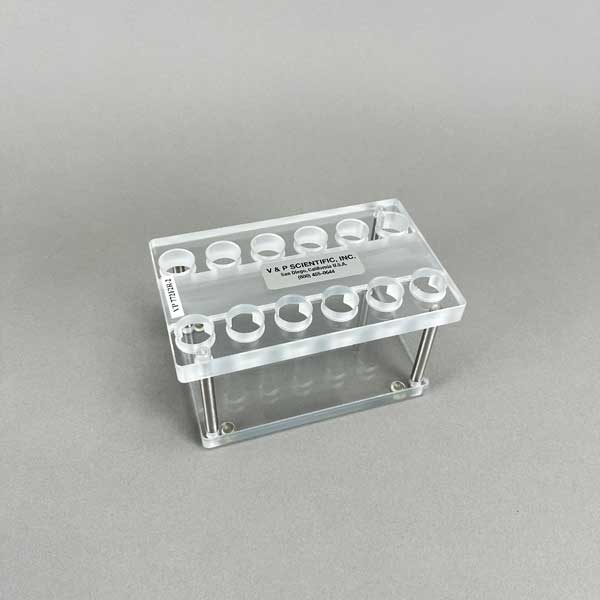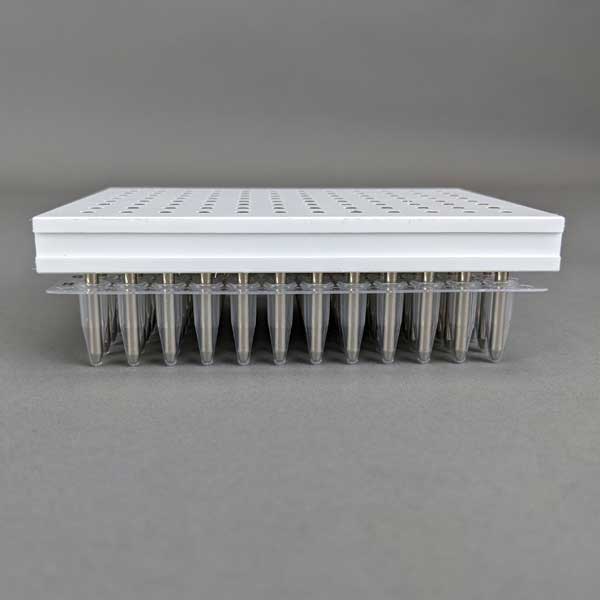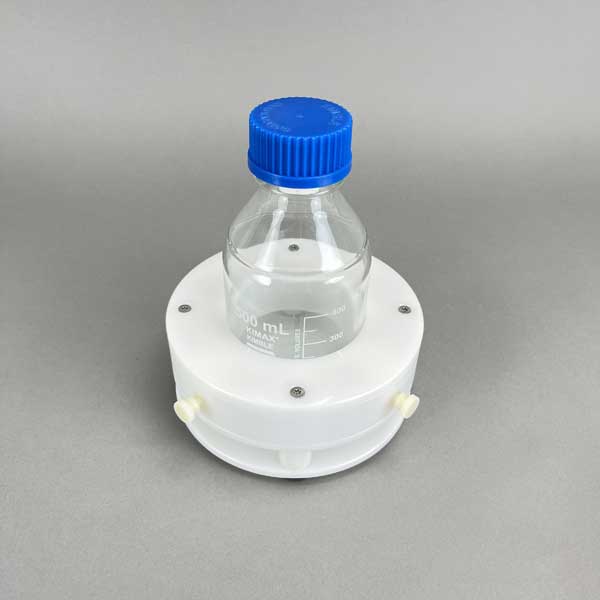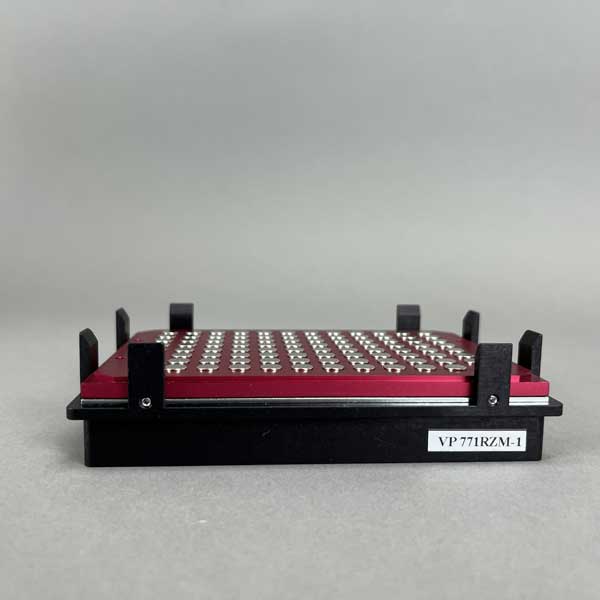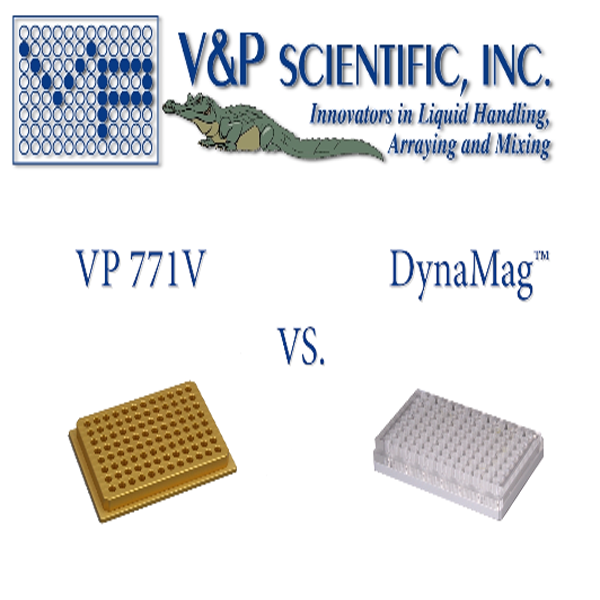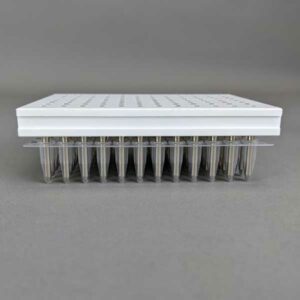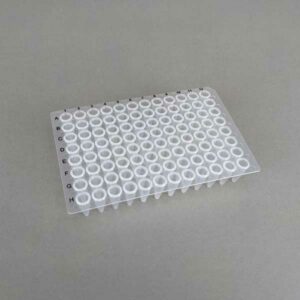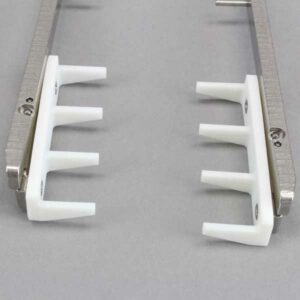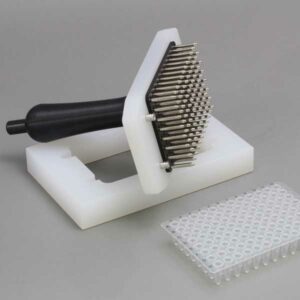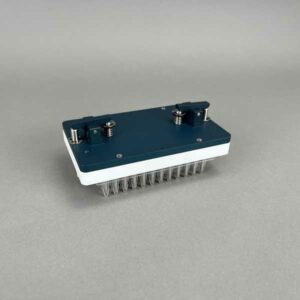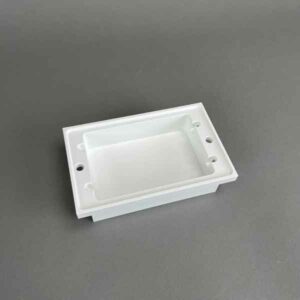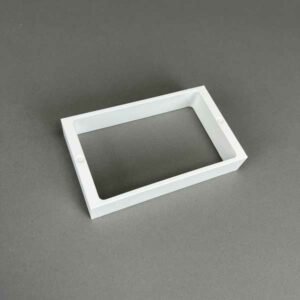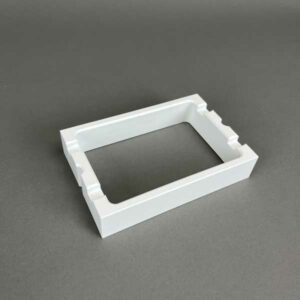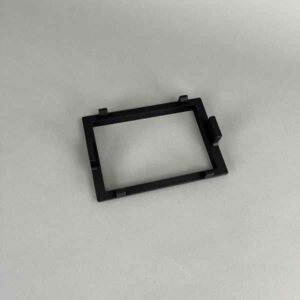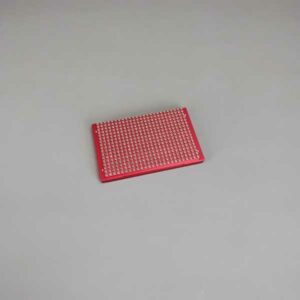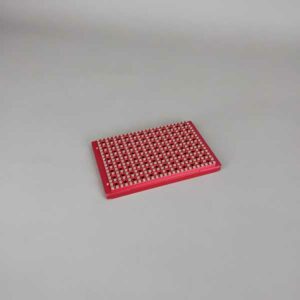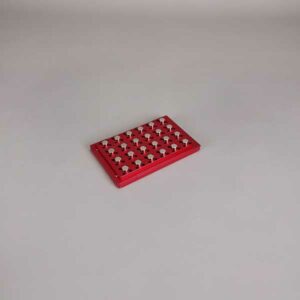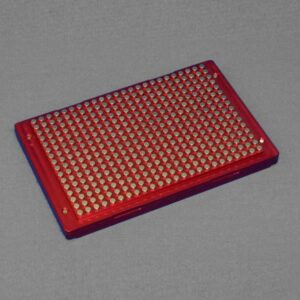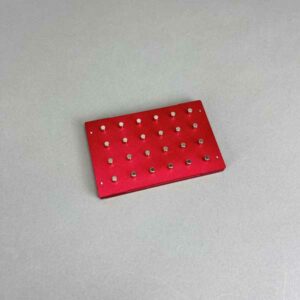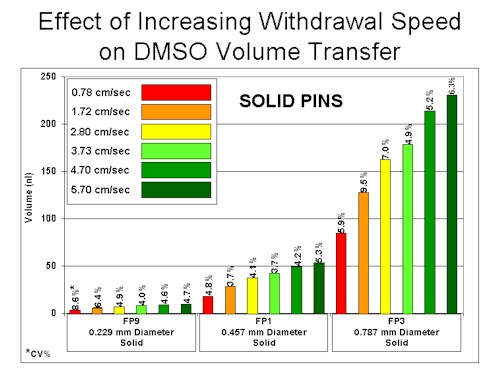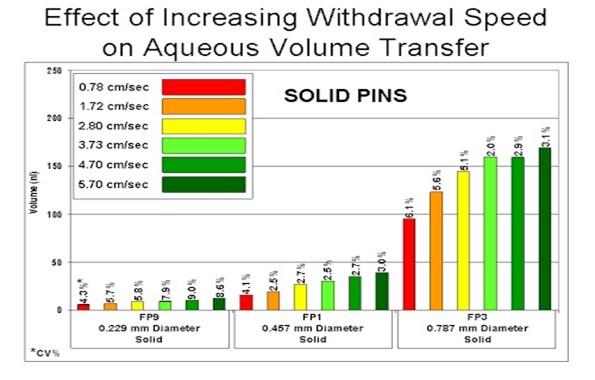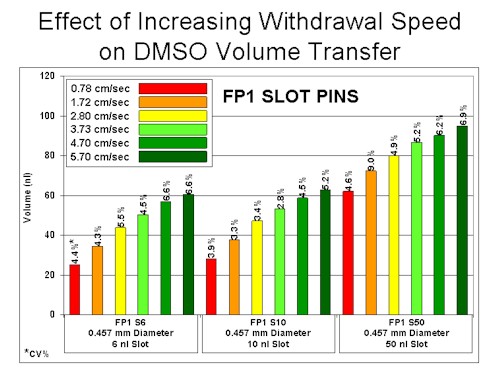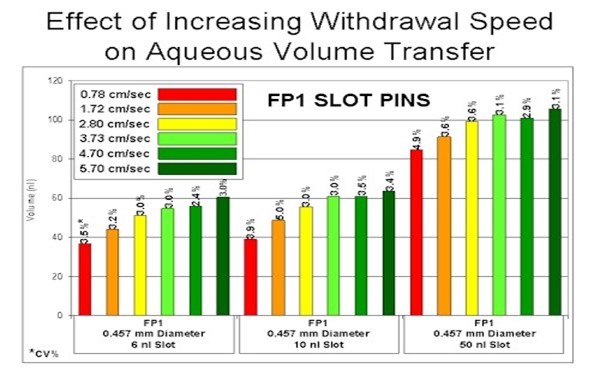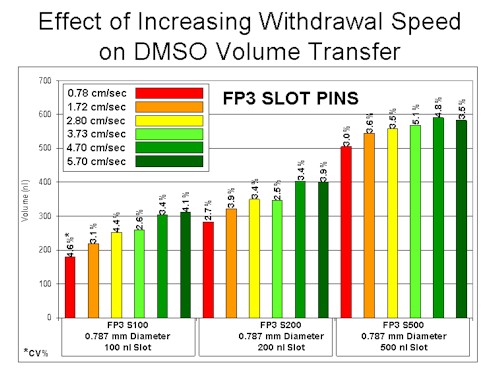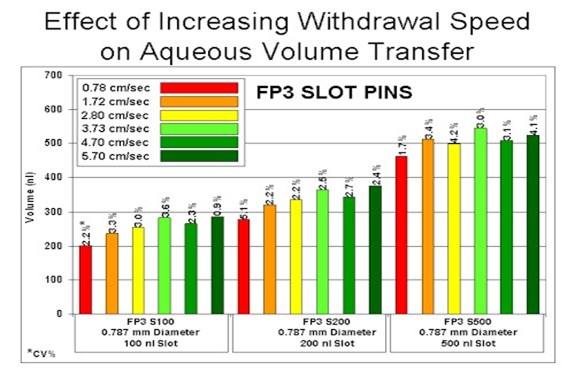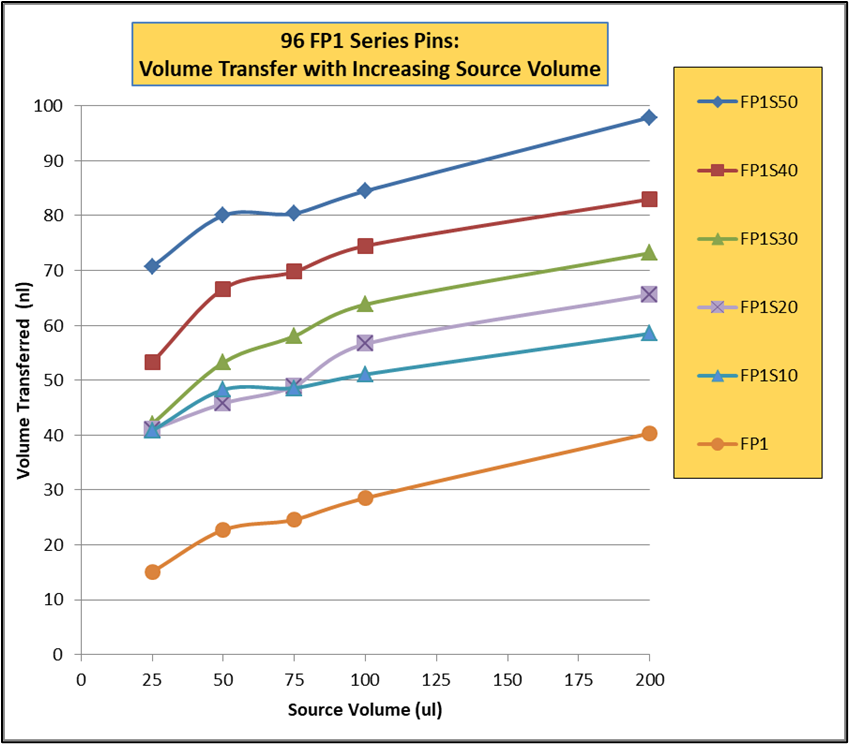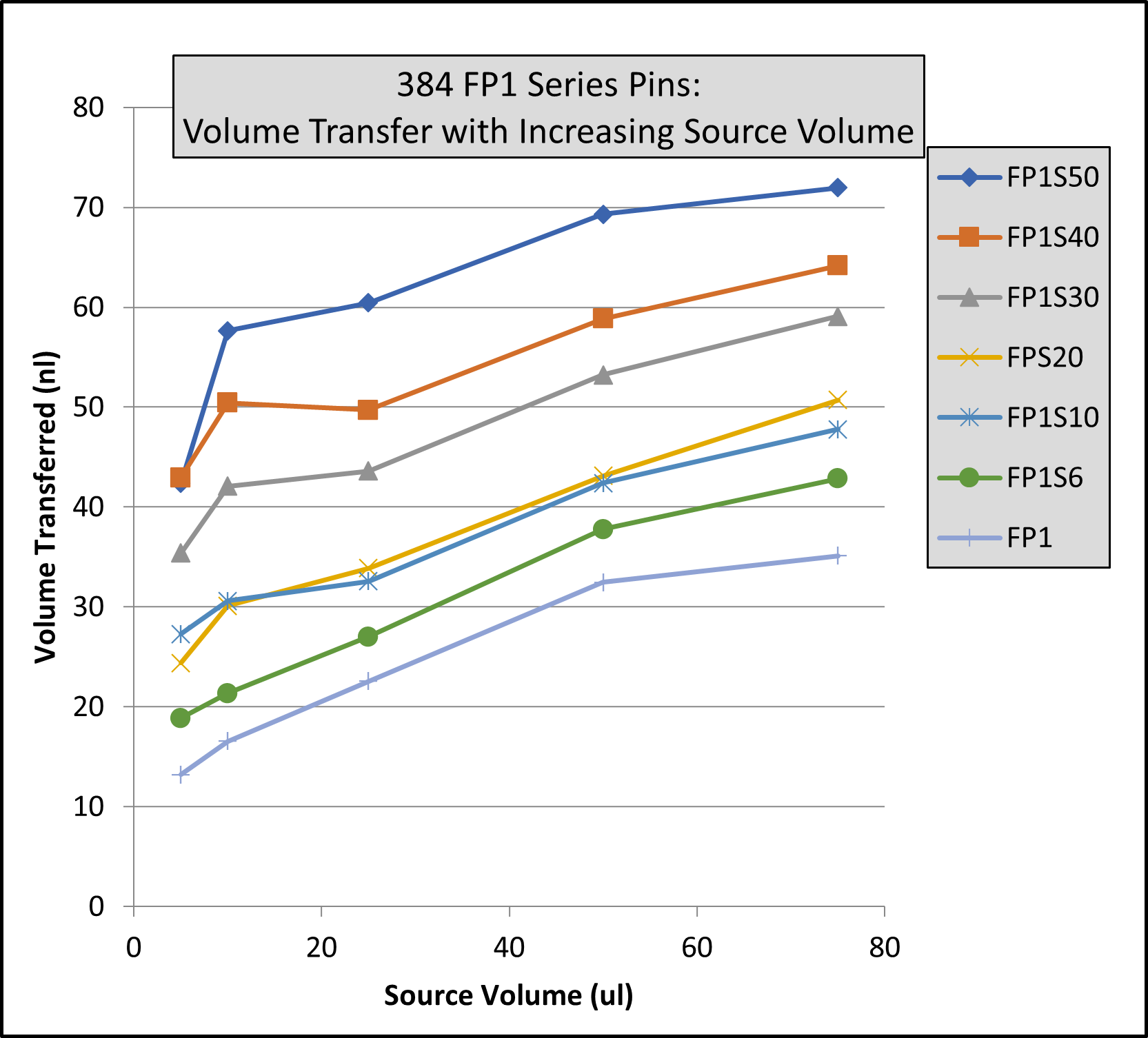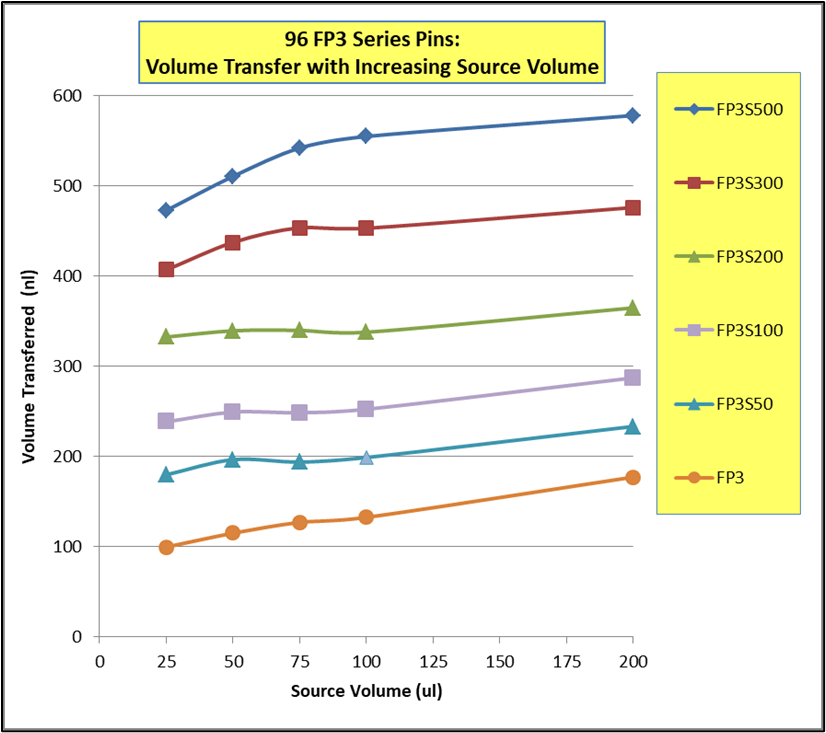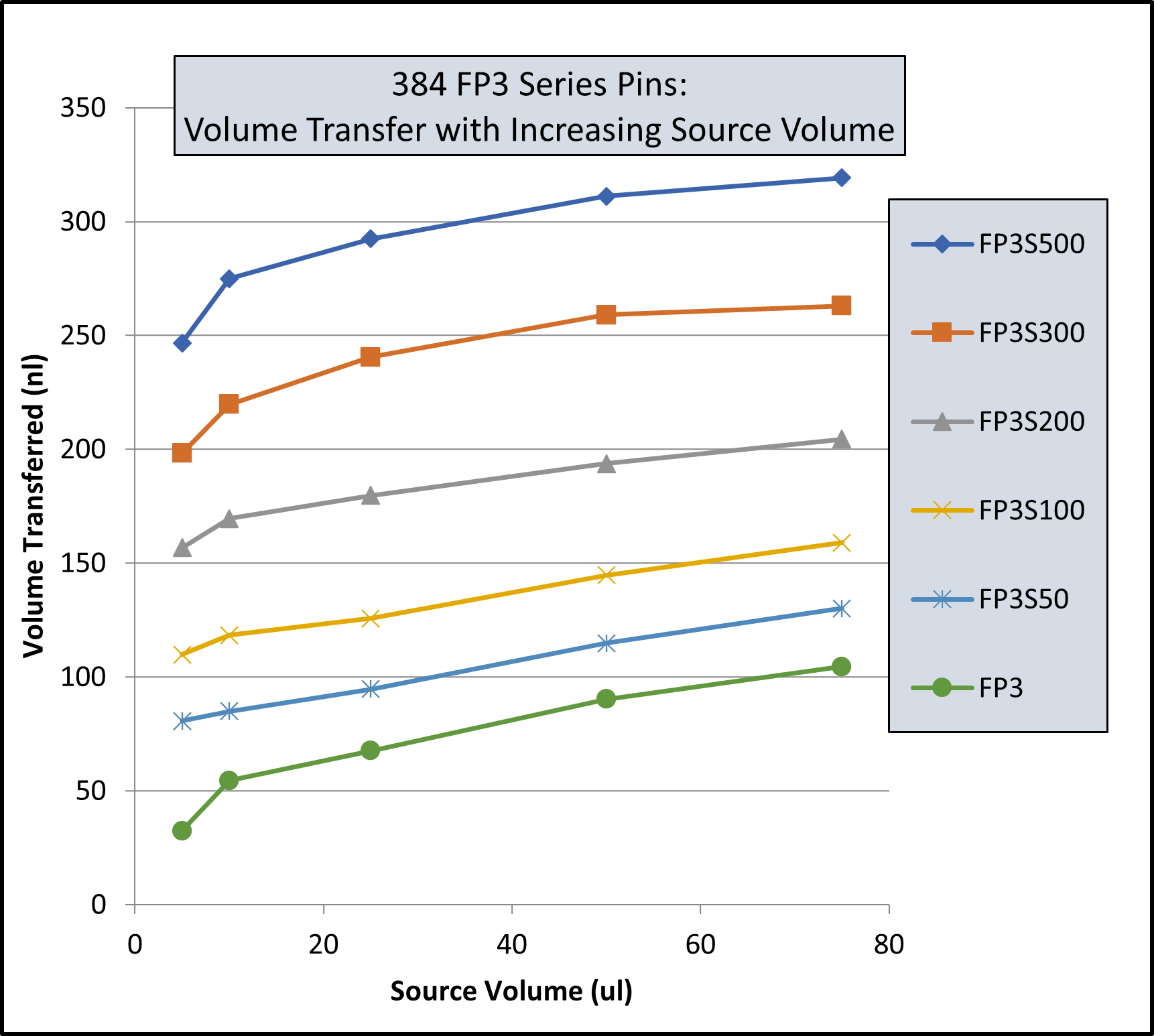What Makes Our Magnetic Bead Separation Devices Unique
V&P Scientific provides a full line of magnetic bead separation devices for use with magnetic beads in microplates, vials, tubes, bottles, and large containers. V&P has the largest collection of Magnetic Bead Separation devices on the market for all Microplate and PCR models, all types of tube and micro-tube racks, and many bottles stands.
Pellet Location Choices
V&P Magnetic Bead separation devices will collect bead pellets at multiple locations around the vessels from the bottom, to one side, to 4 sides, to different levels up the side of the vessel or to both a high and a low position on the side.
Fast Separation
V&P Magnetic Separation devices use the strongest magnets and locate them close to the wall of the vessel for the fastest separation times and least bead loss during wash steps. We also control the direction of the magnetic field so it has the maximum capture.
Customizable
We build custom magnetic Bead Separation devices to match your unique microplate, robotic microplate washer, tube, microtube, or bottle system. If you haven’t already selected the best microplate for your assay, call us for suggestions. We can save you from many unanticipated problems.
Magnetic Bead Separation Applications
Microplates
It is important to match the right magnet plate with your microplate. There are many different microplate manufacturers and each of them incorporates unique structural features into their plates. Some do a better job at providing a smooth internal well or tube surface than others. Features of the skirt, the shape of the wells, to the injection “gates” under the microplate are very important.
We also consider the magnetic beads or particles you are using. Depending on the size of the beads, and also the concentration, we may suggest a specific product for your application. Naturally, larger magnetic bead particles will separate faster than smaller particles. The larger particles have greater mass which aids in the magnetic bead separation.
Depending on your protocol, you may want the beads to be collected on the side of the wells, or maybe directly in the center. We have several magnetic bead separation devices that will place the beads in different locations. We look at the shape of the wells, volumes, and how you will be removing the supernatant.
More commonly, magnetic beads are separated and then washed using pipette tips. By using pipette tips, it is important to keep the beads away from the pipette. This is why bead location is so important.
- FlicknBlot – V&P also has a line of hand-held magnetic bead separation devices. These devices allow for the microplate to be fixed to the magnet plate. You can then pick up the entire device and “Flick” out the supernatant. This is a fast, economical way of removing supernatant from your microplates while still retaining your magnetic beads.
- While the more common method is to remove the supernatant from your beads, we also have the VP 407AM-N-1 that will remove the beads from the microplate. Using a PCR plate as a shield, you can use our handheld magnetic device to move the beads from one microplate to another. This will save you time and money as no pipette tips are needed.
Tubes and Micro-Tubes
V&P has a large variety of different magnetic bead separation devices for tubes of every size. It is important to match the right magnet device with your tube and where you want the pellet located. If you need assistance or have any questions about our magnet devices, please feel free to contact us.
We also consider the magnetic beads or particles you are using. Depending on the size of the beads, and the concentration, we may suggest a specific product for your application. Naturally, larger magnetic bead particles will separate faster than smaller particles. The larger particles have a greater mass which aids in the magnetic bead separation.
Depending on your protocol, you may want the beads to be collected on the side of the tube, at different height levels, at multiple levels, or maybe directly at the bottom, center, or side of the tube. We have several magnetic bead separation devices that will place the beads in different locations. We look at the height and shape of each tube plus the volume of initial liquid and volume of the elution liquid in your assay protocol and how you will be removing the supernatant.
Aspirate and Dispense:
Most commonly, magnetic beads are pelleted, and then the supernatant is removed by our aspiration manifolds or a pipette and then washed using our dispensing manifolds or by dispensing pipette. It is important to keep the beads away from the aspiration device. Therefore bead collection location is extremely important.
FlicknBlot and Dispense:
V&P also has a line of hand-held magnetic bead separation devices for tubes. These devices allow for the tubes to be fixed to the magnet rack. You can then pick up the entire device and “Flick” out the supernatant. The tube can then be blotted on our lint-free blotting paper. This is a fast, economical way of removing supernatant from your tubes while still retaining your magnetic beads. These tubes can be washed with our dispensing manifolds.
Bottles
V&P has several magnetic separation stands for bottles 500ml to 1 liter in size and an adjustable Stand that will accommodate Bottles with a diameter up to 73 mm. It is important to match the right magnet device with your bottle and where you want the pellet located. If you need assistance or have any questions about our magnet devices, please feel free to contact us.
MagWash®
Additional Offerings
Magnetic Bead Extraction
There are several ways to wash Magnetic Beads and remove the supernatant without removing beads, (aspirate and dispense, our unique Flick 'N Blot technique, or our MagWash® technique). While these are the more common methods to remove the supernatant from your beads, we also have the VP 407AM-N-1 that will remove the beads from the microplate and transfer them to another microplate for further washing.
“V&P always impresses. Have you seen the V&P Magnets that can convert a multi-channel head to turn your liquid handler into a kingfisher style extraction? Great Products!”
- Michael Sahl
Canadian Sales Manager at Hamilton Company
Category
No of Wells
Microplate Type
Well Bottom Shape
No of Tubes
Tube or Bottle Volume
Magentic Bead Separation Products
Showing 1–15 of 113 results

